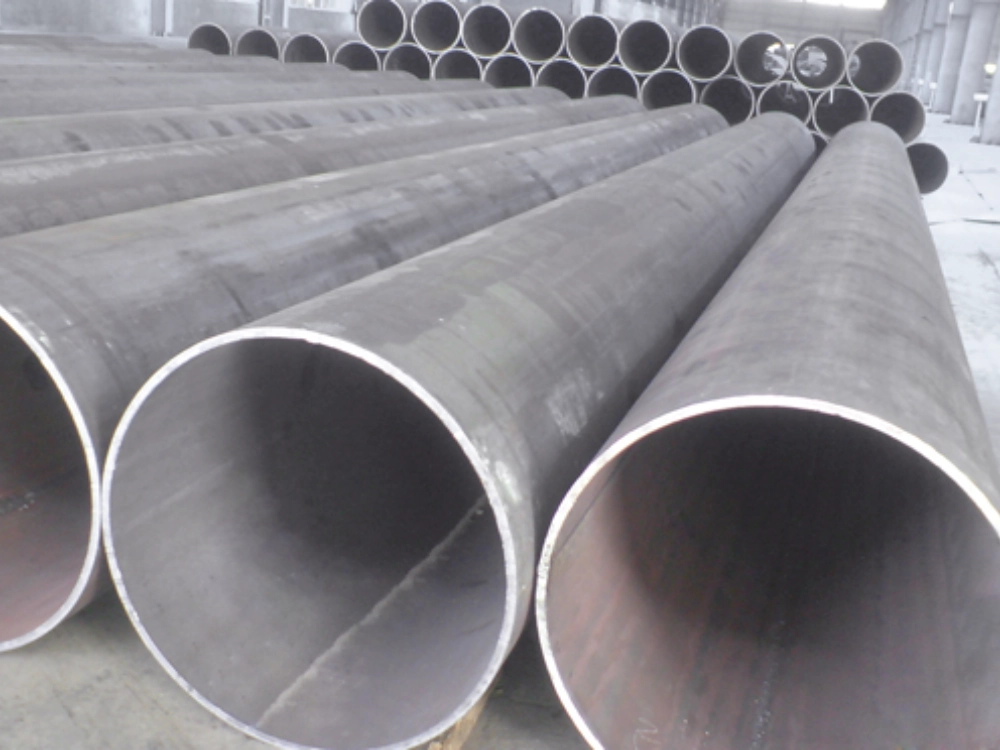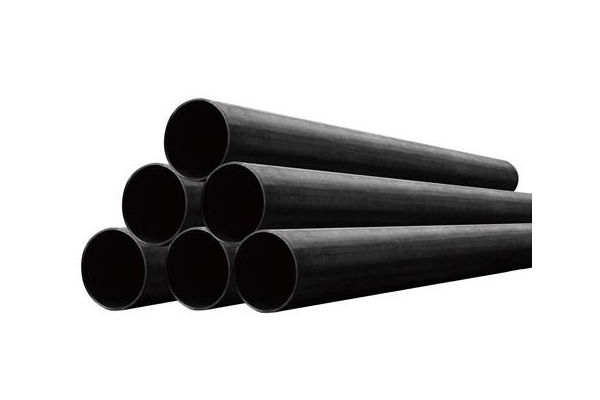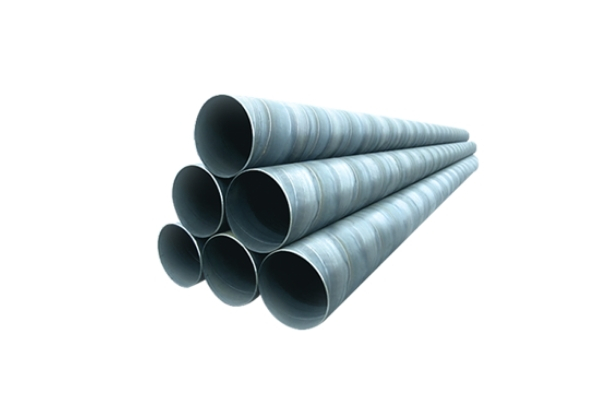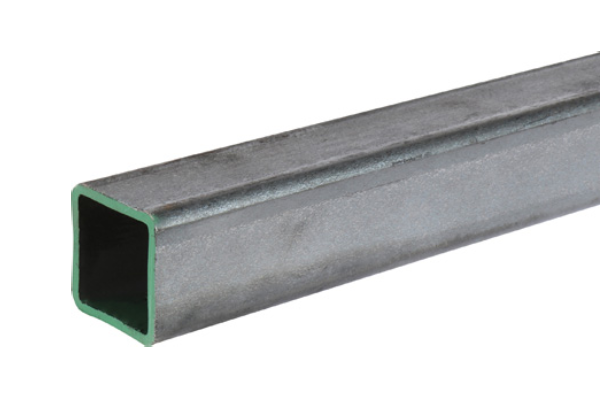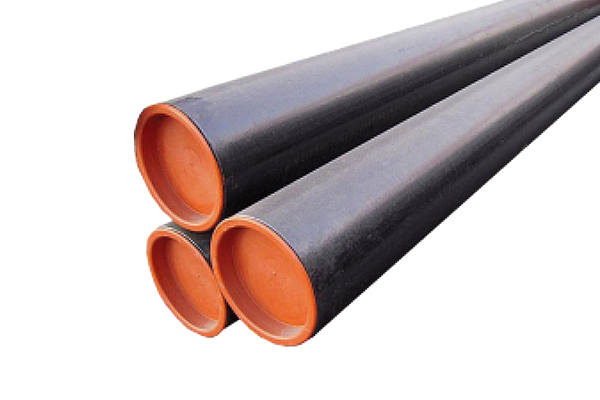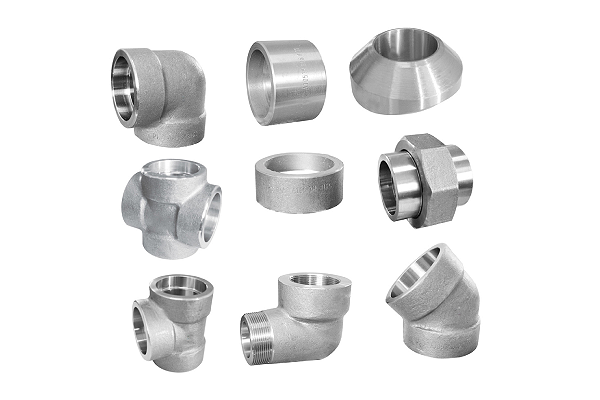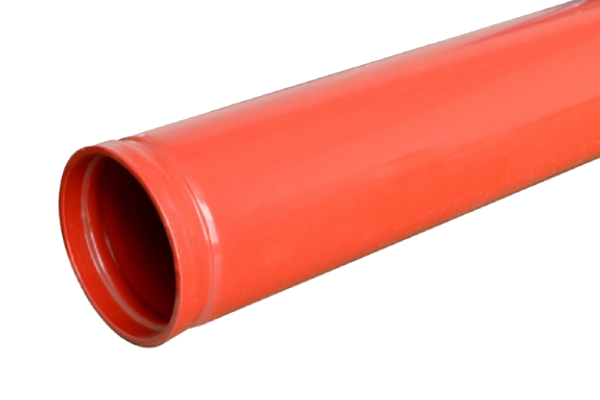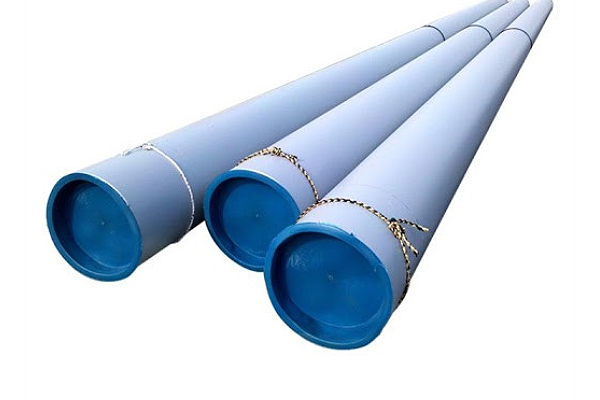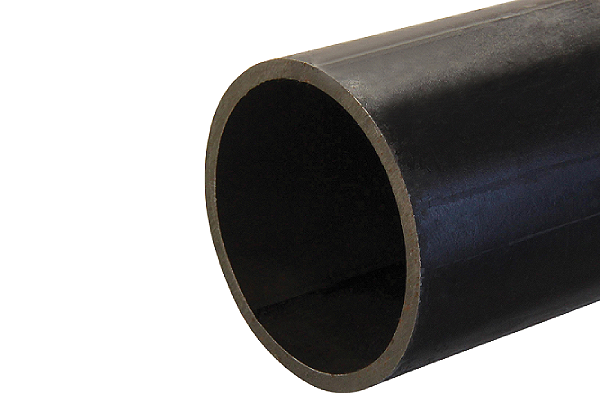1. High Strength and Load-Bearing Capacity
Structural steel tubes are generally made of carbon structural steel, low alloy steel, or high-strength alloy steel. These materials have strong tensile and compressive properties. They are ideal for structures that face heavy loads, such as bridges, skyscrapers, and industrial frames.
Steel-Pipe Concrete Structures are popular in large-span trusses and space designs. This is due to the combined strength of steel pipes and concrete. Together, they greatly enhance resistance to bending and twisting.
2. Diversified Materials and Specifications
The materials are divided into three types:
- Carbon structural steel pipes (like Q235 and Q345)
- Low alloy high-strength steel pipes (such as St52)
- tubos de acero inoxidable
These types meet the needs for corrosion resistance and high-temperature resistance in various environments.
Specifications use standard designs, such as ASTM B36.10/19 or ASME standards. They specify nominal size (NPS) and wall thickness (Schedule). This makes them suitable for welding, flange, threaded connections, and other installation methods.
3. Production Process and Applicability
Seamless Pipe: Manufactured by hot rolling or cold drawing process, suitable for high-pressure, high-temperature scenarios (e.g., oil pipelines, boiler structures).
Welded Steel Pipe (Welded Pipe): It adopts high-frequency welding or submerged arc welding technology, with lower cost, and is mostly used for construction scaffolding and light steel structures.
4. Structural Stability and Construction Convenience
Steel pipe structures, such as pipe trusses and columns, are lightweight and very stiff. They offer good seismic performance and feature flexible node designs, including coherent and cast steel nodes. This design helps with easier modular assembly.
For example, the steel tube column base structure has enhanced bending resistance through the design of stiffening ribs and anchorage holes, effectively preventing the risk of fracture.
5. Industry Norms and Application Scenarios
Comply with the mandatory standards of construction, energy, transportation, and other industries, such as ASME B31 series (pipeline design), GB/T 3091 (steel pipe for low-pressure fluid transportation), etc., and are widely used in:
- Engineering structures: scaffolding, tower masts, bridge supports;
- Energy facilities: oil and gas pipelines, heat exchanger manifolds;
- Special engineering: blast-resistant energy absorption devices, deep-sea platform pipe racks.
6. Durability and Maintenance Costs
Hot dip galvanizing or coating treatment can significantly improve corrosion resistance and extend service life (e.g., outdoor billboards, underground pipe corridors).
Welded nodes can be partially relieved of residual stresses by hot-dip galvanizing, reducing the risk of deformation at a later stage.

